News
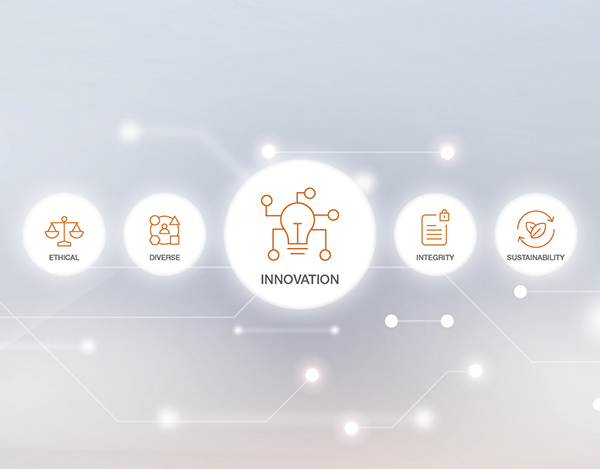
- Blog Post
Innovation – Our guiding principle for over 65 years
In the dynamic world of technological and automated solutions, innovation is the key to success. At Kaye, a subsidiary of Amphenol, we have embraced this core value for over 65 years. Our continually innovative approaches, which push the boundaries of what is technically possible to develop practical solutions, have established us as a leading provider in the validation of thermal processes. The needs of our users are at the forefront—from developing technologically outstanding products to meeting all regulatory requirements in the pharmaceutical and biotechnology sectors.

- News Post
Precision Certified: Kaye India Laboratory Secures ISO 17025 Accreditation
We’re excited to share a significant achievement — the Kaye India Laboratory in Hyderabad has officially been awarded ISO/IEC 17025:2017 accreditation by IQAS. This milestone marks a vital step forward in our continual efforts to uphold the highest levels of quality, precision, and technical capability in our testing and calibration operations. Receiving ISO 17025 accreditation demonstrates global recognition of our lab’s competency and commitment to delivering reliable and accurate results.
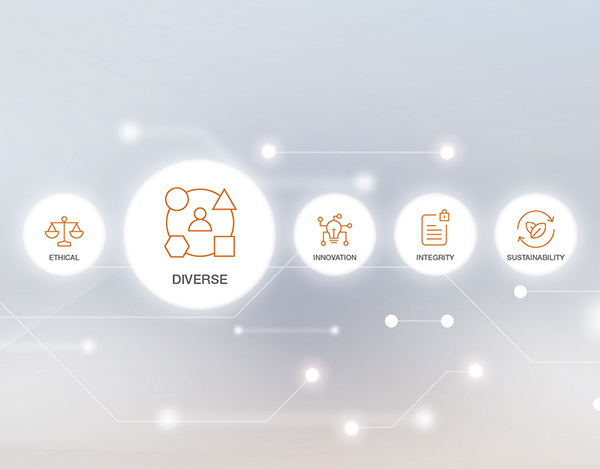
- Blog Post
Diversity as a Success Factor at Kaye
At Kaye, a subsidiary of Amphenol, we recognize diversity as a crucial component of our corporate culture. It fosters creative solutions and drives us to incorporate a global perspective into our daily decisions, which ultimately enhances our success and innovation.
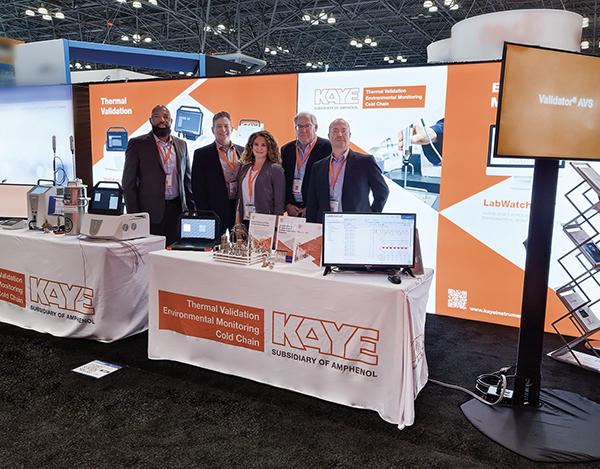
- News Post
INTERPHEX 2025 Wrap-Up: Thank You for Engaging with Kaye
As the doors closed on INTERPHEX 2025, the Kaye team would like to extend our heartfelt thanks to all the attendees, partners, and industry peers who visited our booth during this truly inspiring event. Held from April 1–3 at the Javits Center in New York City, INTERPHEX 2025 brought together nearly 10,000 pharmaceutical and biotechnology professionals for three incredible days of innovation, collaboration, and learning.
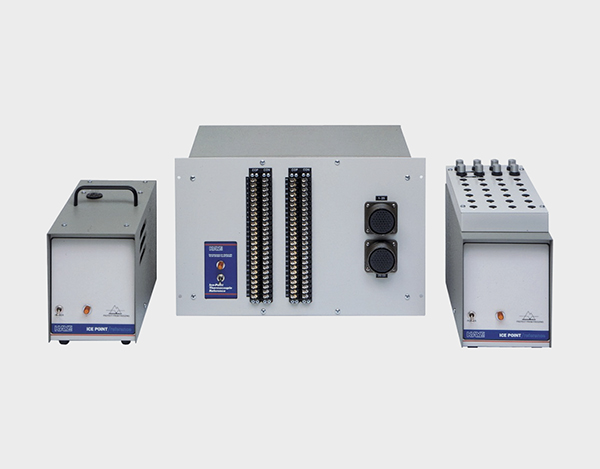
- Blog Post
Ice Point Reference - A practical solution for error-free temperature measurement in thermocouple circuits
The aerospace industry sets particularly strict and accurate standards for thermal processing, outlined in specifications such as AMS 2750 (current version: AMS 2750F) and the industry manual by NADCAP (National Aerospace and Defense Contractors Accreditation Program). Accurate measurement and calibration of the temperature sensors used, as well as all process monitoring and temperature-dependent system components, play a central role. The aim of this blog post is to give a brief description of the ice point references used and to highlight their importance in complying with guidelines.
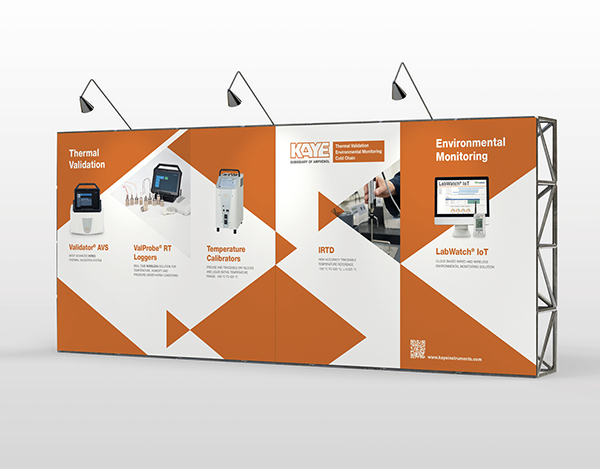
- News Post
Kaye Showcases at INTERPHEX 2025: A Premier Event for Pharmaceutical Innovation
Kaye is excited to announce its participation in INTERPHEX 2025, the world’s leading event in the pharmaceutical and biotechnology sectors. Hosted at the Javits Center in New York City from April 1-3, this event is a significant opportunity for professionals to explore cutting-edge technologies, participate in expert-led seminars, and network with industry leaders.

- Blog Post
Responsibility and Transparency: Our Commitment to Ethical Practices
In the ever-evolving modern business world, one constant remains: the indispensable value of ethics. At Kaye, a subsidiary of Amphenol, we have declared ethics as one of our core values, and today we would like to provide you with insight into what this means for us concretely and why it is of utmost importance in our work.

- Blog Post
Maximum Efficiency and Precision in Calibrating up to 24 Temperature Sensors
The Kaye LTR-200 is specifically designed to calibrate temperature sensors precisely, offering a wide temperature range from -50°C to +200°C. Ideal for various calibration tasks in the pharmaceutical and biotechnology industries, this system enables simultaneous calibration of up to 24 thermocouples.

- Blog Post
Documentation for Your Kaye Validation Systems: Ensuring Compliance with Professional Support and Detailed Documents
In the pharmaceutical industry, thorough and accurate documentation is vital when validating measurement systems. Efficiency enhancement and compliance assurance are achieved through comprehensive validation documentation and user support, as provided by Kaye Measurement Systems. This detailed documentation not only ensures regulatory compliance and enables traceability but also forms the basis for continuous improvement processes and the identification of optimization potential within the systems.

- Blog Post
Kaye CTR-25 Calibration Bath - The Ideal Calibration Bath for Data Loggers
Checking the calibration parameters in data loggers is an important part of functional quality management. Especially with temperature data loggers, regular verification of the validity of the calibration data is a recommended practice within risk assessment. Mobile data loggers are exposed to various stresses that can have a lasting negative effect on the calibration offsets stored in the loggers. Documented and regularly conducted checks serve to prevent incorrect measurements and the potentially associated need to repeat an already carried out validation study.

